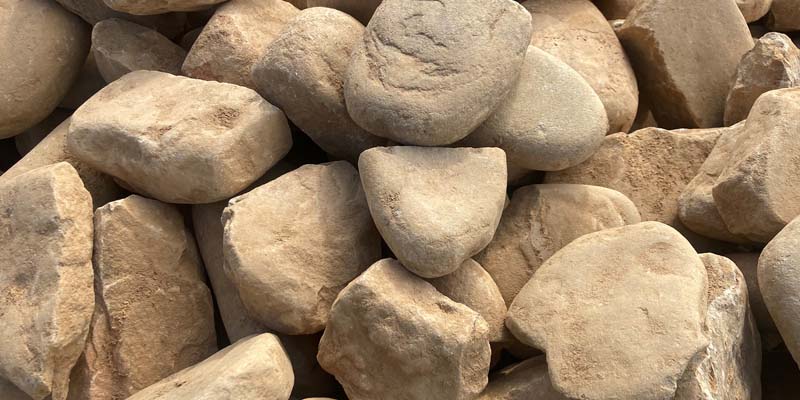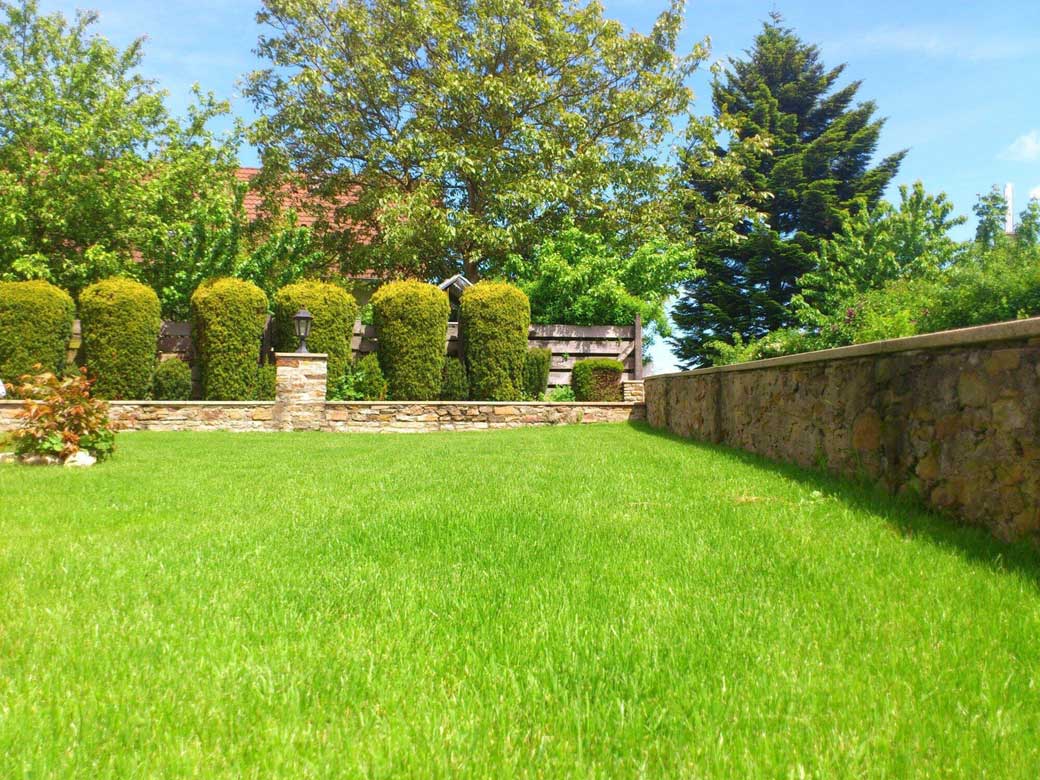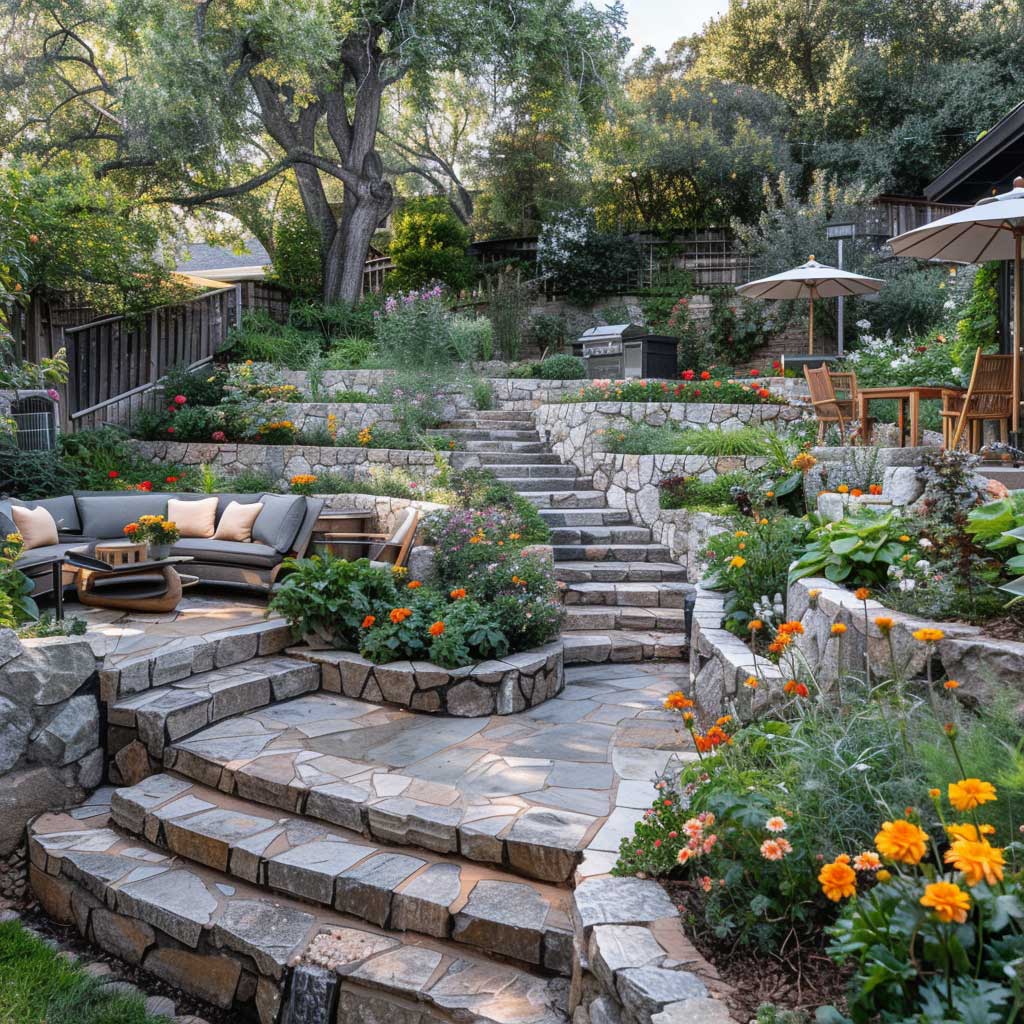Stone features are timeless elements that add structure, texture, and character to garden landscapes. Whether used as focal points, pathways, or decorative accents, rocks and stones offer durability, versatility, and natural beauty.
From rustic boulders to polished pebbles, incorporating stone features into garden designs can elevate outdoor spaces and create lasting impressions, so here is a guide on how to enhance your garden using this concept.
Types of Stone Features
There is a wide variety of stone features that can be integrated into garden landscapes, each with its own unique aesthetic and functional qualities. Landscape boulders and rock outcroppings add drama and dimension, anchoring the garden and creating focal points; stepping stones and pathways made of flagstone or gravel provide visual interest and guide visitors through the landscape; stone walls, terraces, and edging define boundaries, retain soil, and add architectural interest; and decorative elements like sculptures, fountains, and rock gardens add artistic flair and whimsy.
Enhancing Aesthetics with Stone
Stone features have the power to enhance the aesthetics of garden landscapes, adding texture, contrast, and visual appeal. The natural colors and textures of rocks and stones complement a variety of plantings, from lush greenery to vibrant blooms.
By strategically placing stone elements, designers can create dynamic compositions that balance softness with strength, creating visual interest and focal points that draw the eye and evoke a sense of wonder.
Creating Structure and Form
Stone features play a vital role in shaping the structure and form of garden landscapes, providing definition, organization, and architectural interest. Stone walls and terraces create tiered spaces, adding depth and dimension to flat or sloping terrain, while pathways and stepping stones guide circulation, creating fluidity and rhythm within the garden. Sculptural elements and rock formations add verticality and focal points, breaking up visual monotony and creating dynamic compositions that engage the senses.
Adding Functionality and Practicality
Beyond their aesthetic value, stone features also contribute to the functionality and practicality of garden landscapes. Retaining walls and terraces help prevent erosion, stabilize slopes, and create usable spaces for planting or seating. Pathways and stepping stones provide safe and accessible routes for navigating the garden, while edging and borders define planting beds and pathways, reducing maintenance and enhancing visual clarity. Additionally, stone features such as fountains and ponds can provide habitat for wildlife, attract pollinators, and create soothing sounds that enhance the garden experience.
Maintenance and Care
While stone features are durable and long-lasting, they require some maintenance to preserve their beauty and functionality over time. Regular cleaning and inspection help prevent the build-up of debris, moss, or algae, ensuring that stone surfaces remain safe and attractive. In addition, periodic resealing or repointing may be necessary for retaining walls, pathways, and other structural elements to maintain their integrity and stability. With proper care and attention, stone features can endure for generations, enriching garden landscapes with their timeless beauty and enduring presence.
Conclusion
Whether used to create focal points, define boundaries, or add texture and contrast, rocks and stones enhance the aesthetics, structure, and character of garden landscapes. By integrating stone features thoughtfully and strategically, designers can create captivating and enduring outdoor environments that inspire and delight for years to come.







